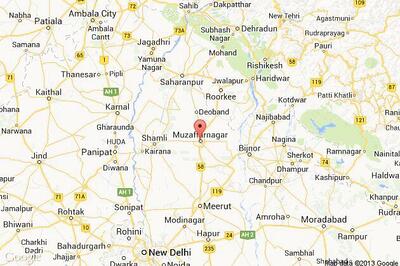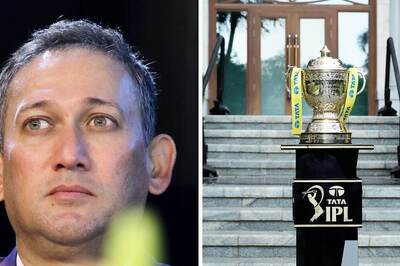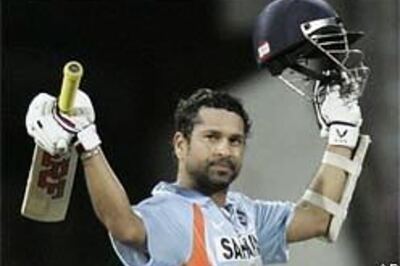
views
India on Thursday said it expected China to ensure expeditious restoration of peace and tranquillity in the border areas in sync with provisions of relevant bilateral pacts as armies of the two countries remained engaged in a seven-week bitter standoff in eastern Ladakh.
External Affairs Ministry Spokesperson Anurag Srivastava, while referring to the ban on 59 Chinese apps, said companies operating in India will have to follow laid down rules and regulatory framework including those pertaining to data security and privacy of individual data.
Asked about the corps commander-level talks on Tuesday, he said both sides will continue their meetings at the military and diplomatic levels to resolve the issues to "mutual satisfaction".
He said the discussions at the latest meeting of senior commanders reflected the commitment of both sides to reduce the tensions along the Line of Actual Control (LAC), the 3,500 KM de-facto border between the two countries.
"The two sides will continue their meetings both at the military and diplomatic level including under the framework of WMCC (Working Mechanism for Consultation and Coordination) in the future to resolve the issues to mutual satisfaction," Srivastava said.
"We expect the Chinese side to sincerely follow up and ensure the expeditious restoration of peace and tranquility in the border areas as per bilateral agreements and protocols," he said.
On banning of the Chinese apps, he said India will continue to welcome foreign investments including in the area of internet technologies, but the companies will have to function in accordance with the rules and regulatory framework of the country.
He said India has one of the most open regimes in the world for attracting foreign direct investment and that the government has taken a host of measures for creating a more investor-friendly regime in the last few years.
"Similarly in the area of digital technology and internet, India has adopted a very open regime. India is today one of the world's largest markets for digital and internet technologies with more than 680 million subscribers," he said.
Srivastava said the world's largest software and internet applications companies are present in India and that they have to abide by the country's rules and regulations including those pertaining to data security and privacy of individual data.
"While we will continue to welcome foreign investments in India, including in the area of internet technologies, but this will have to be in accordance with the rules and regulatory framework established by the government," he said.
In the midst of the border standoff between the two countries, the government banned 59 Chinese apps, including the widely popular TikTok.
The Indian and Chinese armies are locked in a bitter standoff in multiple locations in eastern Ladakh for the last seven weeks. The tension escalated manifold after 20 Indian soldiers were killed in a violent clash in Galwan Valley on June 15. The Chinese side also suffered casualties but it is yet to give out the details.
About Tuesday's military talks, the MEA spokesperson said both sides have emphasised the need for an "expeditious, phased and step wise de-escalation as a priority".
This, he said, is in keeping with the agreement between External Affairs Minister S Jaishankar and his Chinese counterpart Wang Yi during their conversation on June 17 that the overall situation would be handled in a responsible manner.
He also mentioned about the resolve of both the sides to implement the disengagement understanding of June 6 sincerely.
"The discussions at the latest meeting of senior commanders reflected the commitment of both sides to reduce the tensions along the LAC," Srivastava said.
The Indian delegation at the meeting was headed by 14 Corps Commander Lt Gen Singh while the Chinese side was led by Commander of the Tibet Military District Major General Liu Lin.
It was the third senior military commander level engagement to discuss issues related to disengagement at the face-off sites along the LAC and de-escalation from the border areas.
In the previous two rounds of talks, the Indian side demanded immediate withdrawal of Chinese troops from various areas in the region.
Following the Galwan Valley incident, the government has given the armed forces "full freedom" to give a "befitting" response to any Chinese misadventure along the LAC, the 3,500-km de-facto border.
The first round of the Lt General talks were held on June 6 during which both sides finalised an agreement to disengage gradually from all the standoff points beginning with Galwan Valley.
However, the situation deteriorated following the Galwan Valley clashes as the two sides significantly bolstered their deployments in most areas along the LAC.
The situation in eastern Ladakh deteriorated after around 250 Chinese and Indian soldiers were engaged in a violent face-off on May 5 and 6. The incident in Pangong Tso was followed by a similar incident in north Sikkim on May 9.




















Comments
0 comment